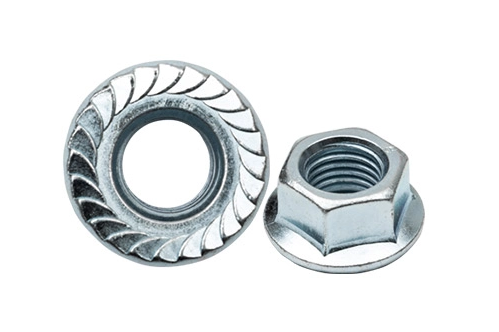The Ultimate Guide to Car Detailing: Wax vs. Polish – What Comes First?
When it comes to car detailing, enthusiasts and professionals alike often find themselves pondering a crucial question: what comes first, wax or polish? This seemingly simple query can significantly impact the final appearance of your vehicle. In this comprehensive guide, we will delve into the intricacies of car detailing, exploring the roles of both wax and polish, and ultimately providing clarity on the correct order of application.
Understanding the Basics: Wax and Polish
Before we determine the sequence of application, it’s essential to understand what wax and polish are and their respective functions in car detailing.
Polish is a product designed to refine the surface of your vehicle's paint. It contains abrasives that help to remove imperfections such as swirl marks, scratches, and oxidation. By using polish, you can restore the paint's clarity and shine, making it look new again. There are various types of polish, ranging from heavy-cut compounds for severe imperfections to finer polishes for light correction.
Wax, on the other hand, serves as a protective layer for your vehicle's paint. It is typically made from natural carnauba wax or synthetic polymers. Wax provides a glossy finish and shields the paint from environmental contaminants, UV rays, and moisture. While it enhances the appearance of the paint, it does not correct imperfections.
The Order of Application: Polish First, Then Wax
Now that we have a clear understanding of the roles of polish and wax, we can address the critical question: what comes first? The answer is straightforward: polish should always be applied before wax.
- Surface Preparation
Before applying either product, it’s vital to prepare the surface of your vehicle. This involves washing and drying the car thoroughly to remove dirt, grime, and any existing wax. A clean surface ensures that both polish and wax adhere properly and perform optimally.
- The Polishing Process
Once the car is clean, it’s time to apply the polish. Using a dual-action polisher or a rotary buffer, apply the polish in small sections, working it into the paint using overlapping passes. This process will effectively remove imperfections and enhance the paint's clarity. After polishing, it’s crucial to wipe off any residue with a microfiber cloth to reveal a smooth, reflective surface.
- The Waxing Process
After polishing, the surface is now primed for waxing. Applying wax over the polished surface locks in the shine and provides a protective barrier. Use an applicator pad to spread the wax evenly, allowing it to cure for the recommended time before buffing it off with a clean microfiber cloth. This step not only enhances the gloss but also protects the paint from future damage.
Why the Sequence Matters
The sequence of applying polish before wax is not just a matter of preference; it is rooted in the chemistry of these products. Applying wax before polish would seal in imperfections, making them more visible and difficult to correct later. By polishing first, you ensure that the paint surface is as flawless as possible before adding the protective layer of wax.
Additional Tips for Optimal Results
- Choose the Right Products: Not all polishes and waxes are created equal. Select products that are compatible with your vehicle's paint type and condition.
- Use Quality Tools: Invest in high-quality applicators and microfiber towels to avoid introducing new scratches during the detailing process.
- Consider the Environment: Perform detailing in a shaded area to prevent products from drying too quickly, which can hinder their effectiveness.
- Regular Maintenance: To maintain the shine and protection, consider applying a layer of wax every few months, depending on environmental factors and usage.
Conclusion
In the world of car detailing, understanding the correct order of application for wax and polish is essential for achieving a showroom-quality finish. By applying polish first to correct imperfections and then sealing it with wax for protection, you can ensure your vehicle looks its best while safeguarding its paint for the long term. Remember, the key to successful car detailing lies in preparation, technique, and the right products. Happy detailing!




